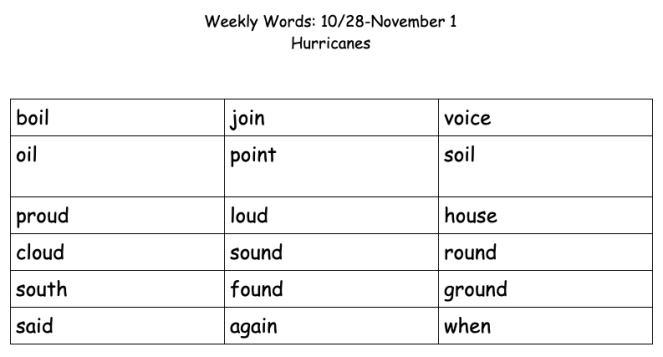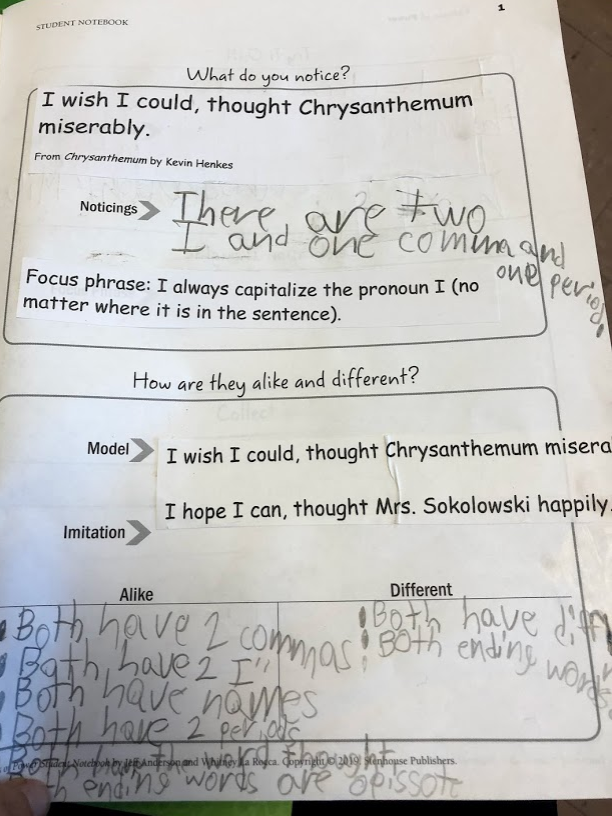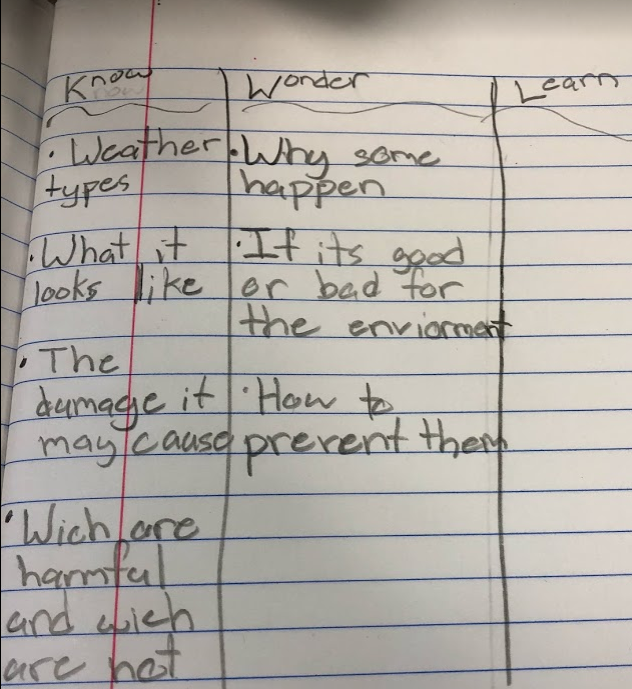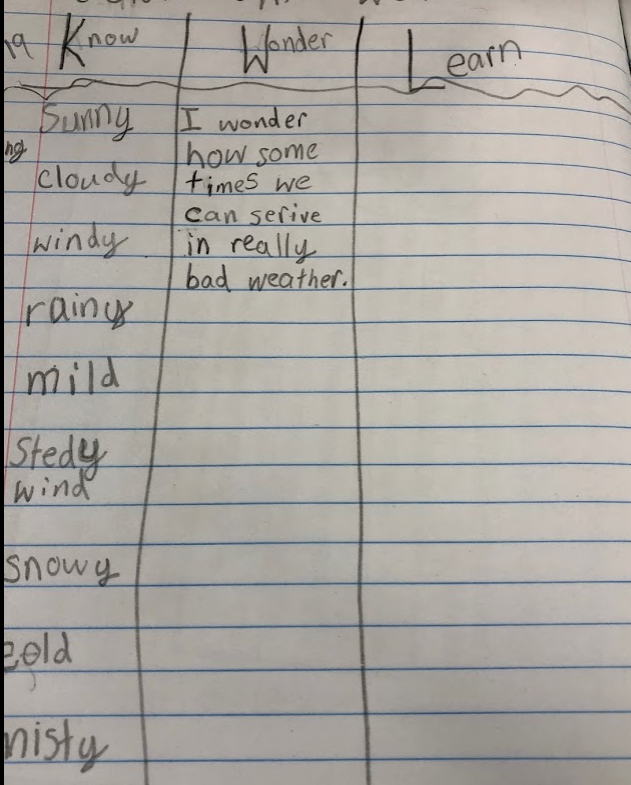
As a teacher, there are so many things I worry I am not doing well, but the one thing I am really proud of is my desire to keep learning and growing. Over the past few years as a Two Writing Teachers co-author, I have had the opportunity to read and review several professional books. I believe that teachers have a responsibility to continue learning, growing, reflecting, and evolving. Reading the latest works about teaching writing from authors I respect and admire increases my knowledge about best practices. Yet knowledge without application doesn’t change anything for my students. In other words, I need to try out the strategies and ideas I’ve learned from the professional books I’ve read.
In this post, I am sharing what I’ve been implementing this year in my third grade classroom based on some of the professional resources I’ve read and reviewed here at TWT.

The Resource: Super Spellers: Seven Steps to Transforming Your Spelling Instruction
Before reading Mark Weakland’s Super Spellers: Transforming Your Spelling Instruction, I didn’t fully realize how important it is to pay attention to how children spell. I thought that spelling could just be edited after writing and shouldn’t be the focus of a teacher’s writing instruction. While I still believe getting to the heart of student’s ideas is key, I now realize that lack of spelling knowledge has an influence on the student as both a reader and a writer. Weakland wrote, “Spelling is not the only key to reading and writing success, but it is an important one. Why? During spelling instruction, you build your students ability to recognize words. Word recognition, in turn, leads to reading and writing fluency. When reading and writing fluency improve to automaticity, students have a greater capacity to concentrate on and be successful with reading comprehension and written expression. In other words, when children effortlessly and automatically decode words while reading or encode words while writing, they are able to devote their full attention to making meaning” (4).
How I’ve been implementing what I learned:
In September, I gave my class the Elementary Spelling Inventory from Words Their Way and scored each child’s work. This helped me to see at a glance each child’s current spelling needs. Some children really did not understand long vowel patterns while others were ready for more complex affixes. I looked through my district’s spelling resource for lists of words that would match the patterns of what students needed. I created word lists that had patterns students could study, along with a few high frequency words they need to review.

This is an example of a list of words for students who need support with long vowel patterns. Mark Weakland taught me the importance of directly teaching these patterns to students. When I gave the students this list as a pretest for the week, most of the students in the group spelled the words wrong, not realizing the vowel patterns in each word.

The Resource: Word Study That Sticks: Best Practices K-6
Last April, I had the opportunity to review Pamela Koutrakos’ Word Study That Sticks: Best Practices K-6. Since then, I’ve received a complimentary copy from Corwin of Pamela’s Word Study That Sticks Companion: Classroom-Ready Tools for Teachers and Students Grades K-6. While Mark Weakland’s book helped me understand why it is so important not to ignore spelling and the value of explicitly teaching students at the spelling level where they are at, Pamela’s resources are helping me know what to do with the words once I’ve selected the lists.
How I’ve been implementing what I learned:
One of the lessons Pamela suggests is beginning the year with a book that celebrates the power of words. I read Peter H, Reynold’s Word Collector to my students early in the year and we made a list of words we love. Pam suggests teaching students the different word study routines they will carry out for their word lists before beginning to differentiate. I started the year with one class list of words so the students and I could practice the routines we will be using. The slideshow below shows the words we used to introduce the different routines.
One of the routines from Pam’s book helps students understand the meaning of the words on the list. Pam emphasizes the importance of students really understanding the meaning of the words they are practicing (makes sense!). Students hold up 5 fingers to show they know a word deeply and could teach it. 1 finger up means they really are confused about the word. Of course, they decide between 1-5 how they feel about the word. If students have less than 4 fingers up, I take some time to talk about the meaning of the word. Another routine involves sorting the words by meaning and then sorting the words by how they look or how they sound. Last week, my students sorted their words in ways that really impressed me. Not only did they sort by the first letter, they sorted by the vowels that appeared in the word, if the word contained a digraph or not, and endings. Yet another routine we tried involves deciding what part of speech the word is. This was challenging for many of my students who haven’t learned much about adverbs or adjectives yet. It also allowed us to talk about how a word’s part of speech could change based on the meaning in the sentence. For the spelling word “watch”, the word could be a verb as in “I can watch my son play soccer” or a noun in the sentence “I bought a new watch at the store.” All of these conversations are increasing students’ awareness of words and how and why we use them in our writing.
One other way I am trying to implement ideas from Word Study That Sticks: Best Practices K-6 was by writing a grant to receive more word play games (Scrabble, Boggle, Scattergories) and materials for students to build words. Keeping my fingers crossed that I will be awarded the grant! I am looking forward to implementing more ideas and routines from the book as the year continues.

The Resource: Patterns of Power: Inviting Young Writers- Conventions of Language Grades 1-5
When I was an elementary school student, I remember completing workbook pages where I circled nouns and underlined verbs. I learned about parts of speech but never made connections to my own writing or thought about why authors use conventions for specific purposes. Reading Jeff Anderson and Whitney LaRocca’s Patterns of Power: Inviting Young Writers- Conventions of Language Grades 1-5 gave me new ideas and excitement around teaching language conventions. I asked my district to let me try Patterns of Power Plus: Extension Lessons for Young Writers which has specific lessons and resources for third grade, including a student notebook.
How I’ve been implementing what I’ve learned:
I’ve taught two focus phrases so far- “I always capitalize the pronoun I no matter where it is in the sentence” and “I use nouns to show a picture of people, places and things.” The mentor sentences came from class read alouds. The student notebook is really helpful for organizing the student work and helping me know the next step in the cycle of invitations. (The first day is the invitation to notice, then invitation to compare, then invitation to imitate…)



I haven’t tried the invitation to edit yet and the “Celebration Thoughts.” It can be overwhelming to feel like you have to implement everything all at once. I am giving myself grace and permission to start, even if that means slowly rolling out all the features and teaching possibilities.

The Resource: Spark! Quick Writes to Kindle Hearts and Minds in Elementary Classrooms
Last June, I reviewed Paula Bourque’s brilliant book, Spark! Quick Writes to Kindle Hearts and Minds in Elementary Classrooms. I love the idea of incorporating quick writes and Paula had so many smart ideas. I reread the chapter about using quick writes in the content area and decided to try it out as I introduced my students to our unit on weather.
How I’ve been implementing what I’ve learned:
Each student made their own KWL chart in their notebooks for what they know about weather, what they wonder, and what they will learn. I showed students a Youtube video that featured different types of weather and then asked them to fill in what they already know about weather and what they wonder.



Closing Thoughts
All day long, we ask students to learn new ideas and apply them. Teachers need to continue learning as well. While it takes time and effort to read professional books, when you apply what you learned, it can energize your teaching. Sometimes, I think we are afraid to jump in and try something because we are afraid it won’t be done perfectly. Stacey addressed this in her post The Good-Enough Writing Workshop. I am letting go of the fear of perfection and trying to be willing to give new ideas a go, even if it will take time to work out the kinks or get every component down pat. How do you make time for professional reading as an educator? In what ways have you implemented what you read about in professional texts? Please share your ideas in the comments.


Wow! You’ve been busy. I appreciated many of your insights. Spelling and conventions is a hot topic for our upper grades. We’ve been trying out Patterns of Power. It’s been going really well. I’ve created a cheat sheet and we’ve really thought about how the parts can fit with writing workshop. I think you’ll like the editing day…when you get there. Thanks for sharing all of your great learning and trying!
LikeLiked by 1 person
Love this post and your emphasis on trying new things without having to jump into every aspect of the trial. I need to do that too!
LikeLiked by 1 person
Thank you for sharing your thoughts on teaching spelling. I, too, use Words Their Way. Thank you for reinforcing what I already knew I was doing wrong. I need to make time on the first day of a new list to make sure my students can read each word and know the meaning. So, the age-old question, how do I make time?
LikeLike
I applaud the sharing of your learning and how you’re implementing it in your classroom! When I was teaching, I loved book study groups that encouraged us in the all important process to give it a try in our classrooms. Your post is inspirational, Katherine!
LikeLike